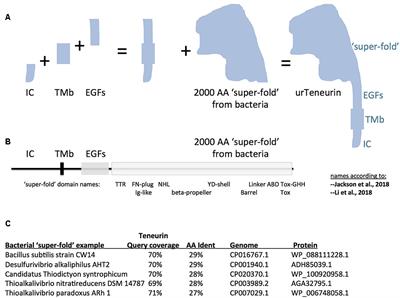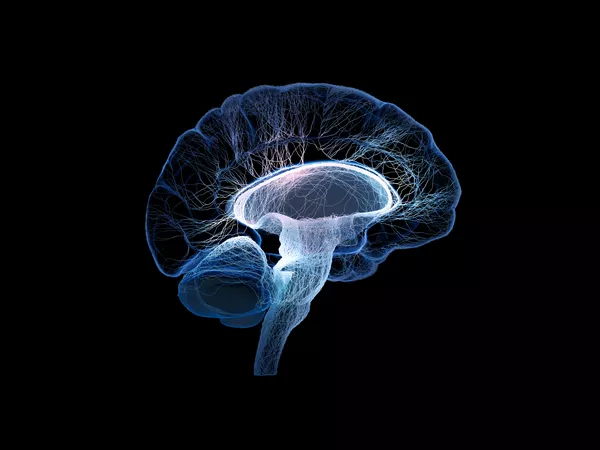EDITORIAL
Published on 15 May 2020
Editorial: Origins of Human Neuropathology: The Significance of Teneurin-Latrophilin Interaction
doi 10.3389/fnins.2020.00501
- 1,753 views
23k
Total downloads
91k
Total views and downloads
EDITORIAL
Published on 15 May 2020
MINI REVIEW
Published on 07 Aug 2019
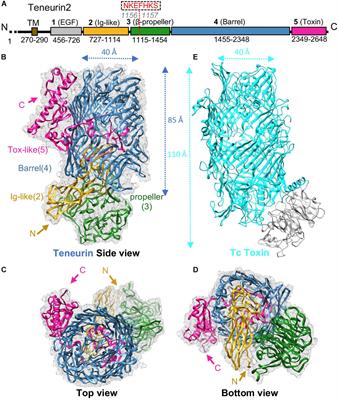
REVIEW
Published on 31 Jul 2019

HYPOTHESIS AND THEORY
Published on 09 Jul 2019
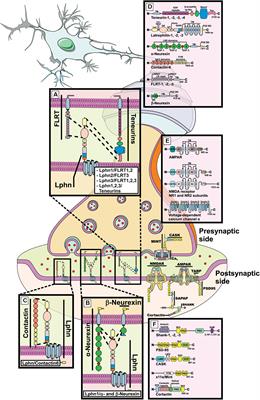
ORIGINAL RESEARCH
Published on 27 Jun 2019
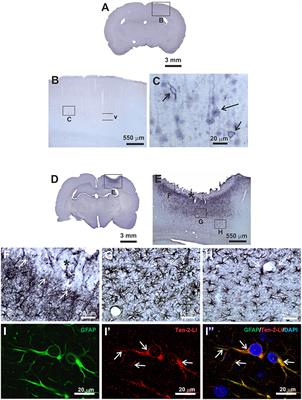
REVIEW
Published on 26 Jun 2019
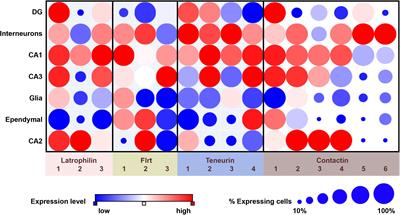
REVIEW
Published on 05 Jun 2019

ORIGINAL RESEARCH
Published on 17 May 2019

REVIEW
Published on 03 May 2019
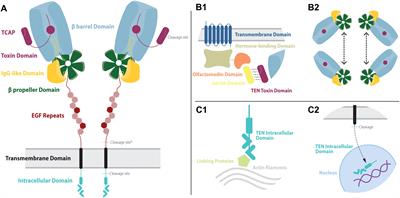
MINI REVIEW
Published on 22 Mar 2019
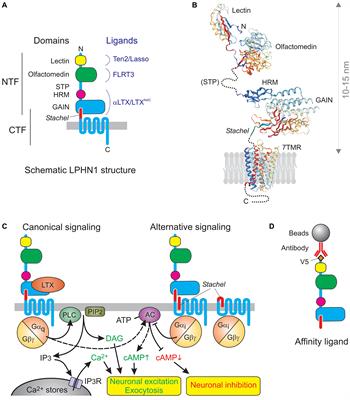
REVIEW
Published on 19 Mar 2019

ORIGINAL RESEARCH
Published on 15 Mar 2019
